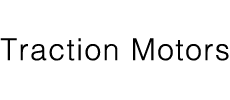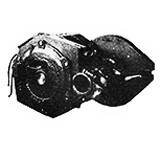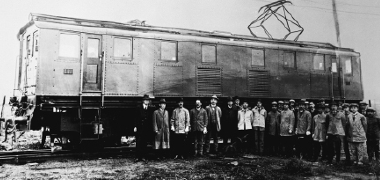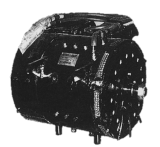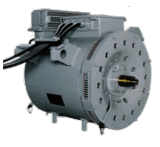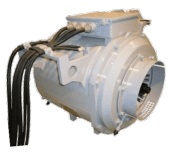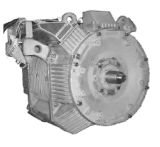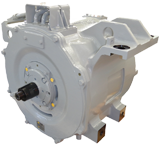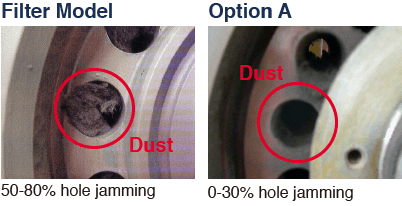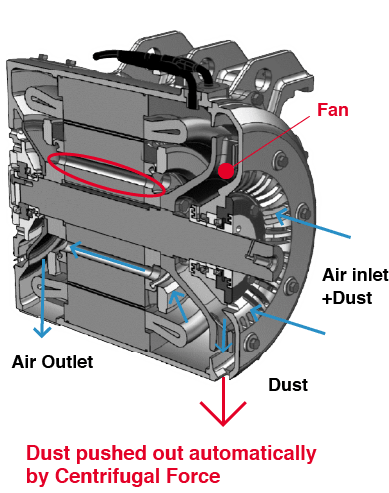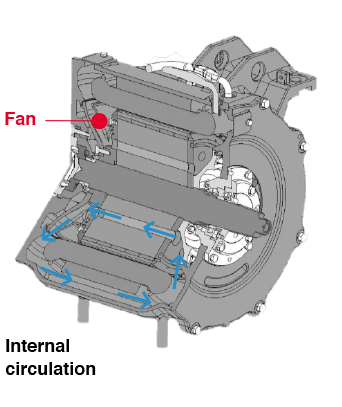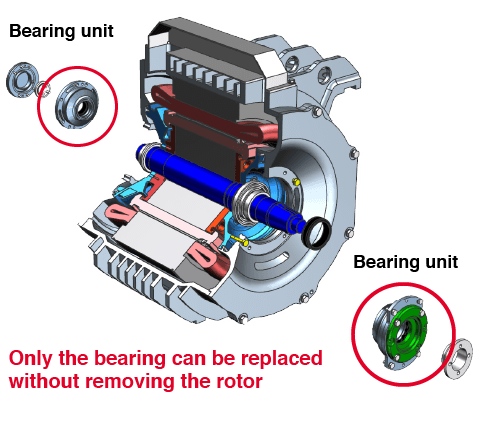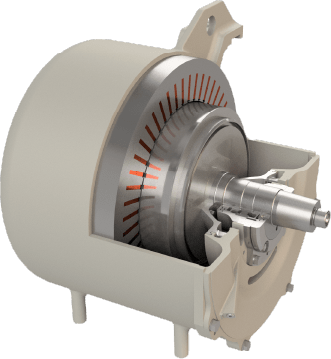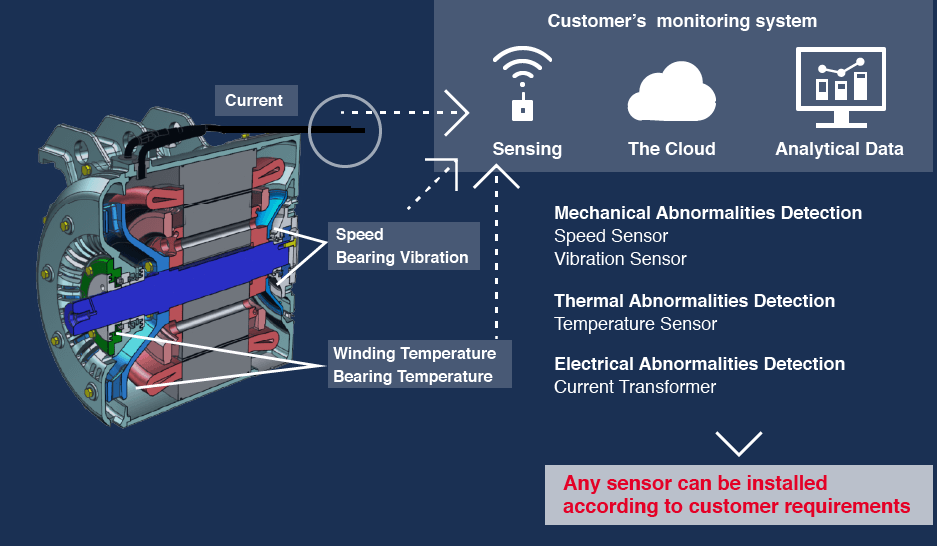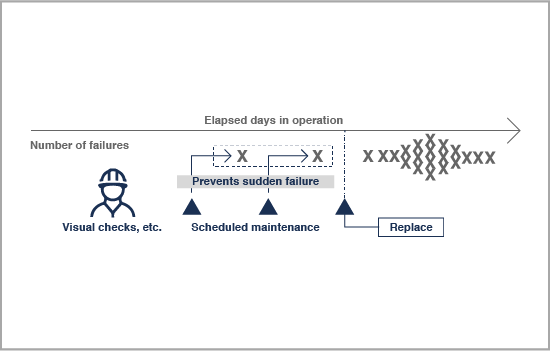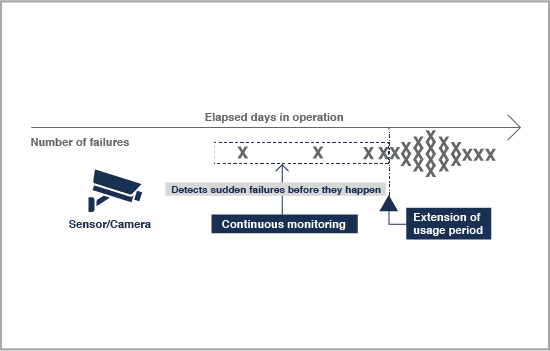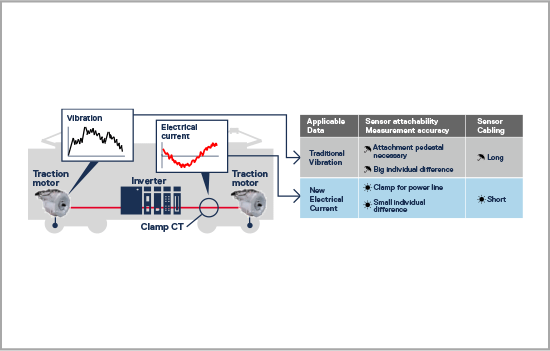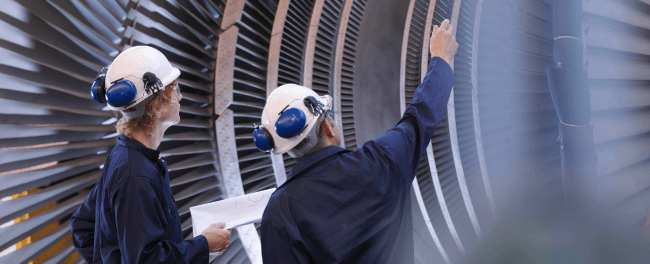In recent years, Condition Based Maintenance (CBM) has been gaining attention as a strategy for improving efficiency in maintenance work.
At HIP, we are working on development and practical applications for technologies that support CBM.
Conventional strategy: TBM (Time Based Maintenance)
Conventional maintenance is called TBM (Time Based Maintenance), as parts replacement and other maintenance is performed based on time elapsed.
This requires operational knowledge to determine when parts need to be replaced. It also requires visual inspections to prevent sudden failures.
New strategy: CBM (Condition Based Maintenance)
Why is CBM gaining attention? It monitors vehicles using sensors instead of human inspection. And it can detect possibilities for sudden or unexpected failures before they happen. This can extend the maintenance cycle by optimizing the replacement schedule.
Our Proof of Concept for Practical Application of CBM
- Monitoring deterioration of bearings with electrical current
-
- In this PoC under an actual usage environment, we are working to verify:
- (1) the possibility for detecting abnormalities in bearing deterioration
- (2) measurement accuracy affected by noise from overhead wires and inverters.



